Okay, So I’ve Just Started Games Wizards Play Book 10 In The Young Wizards Series, Which Means It’s
Okay, so I’ve just started Games Wizards Play book 10 in the Young Wizards series, which means it’s time for some thoughts on my FAAAAAAAV YA SERIES OF ALL TIME. (No offense HP, no offense)
ROSHAUN MY CHILD MY SON COME BACK TO ME!!! COME BACK TO ME BABY! IT HAS BEEN ONE WHOLE BOOK AND HE’S NOT BACK YET I AM NOT OKAY! I AM NOT ALRIGHT! THE MADNESS MUST END! PLEASE GOD MAKE IT STOP JUST BRING BACK MY BABY PLEASE OH PLEASE OH PLEASE! WE LOST PONCH I CAN’T HAVE THIS TOO I CAN’T TAKE THIS OH GODDDDDDD *INCOHERENT SOBBING*
And I am done. This is basically my internal stream of consciousness all through A Wizard of Mars tbh. I have basically been a blithering, sobbing, screaming wreck since Wizards at War. Life’s been hard. And since my house burned down, I don’t even have my ENTIRE COMPLETE collection to reference : |
Some further reviews on the Young Wizards series:
So You Want To Be a Wizard…
You will cry because of a car
Deep Wizardry
You will cry because of a shark
High Wizardry
You will cry because of a space turtle
A Wizard Abroad
You will cry because of Ireland
A Wizard’s Dilemma
You will cry because of a parrot. Also cancer.
A Wizard Alone
You will cry because of autism
Wizard’s Holiday
You will cry because of a barren hellscape
Wizards at War
You will cry because of OH GOD NOT THE DOG PLEASE NOT THE DOG OH GOD NO
A Wizard of Mars
You will cry because you are no longer capable of feeling anything because the last book emotionally broke you.
Great series. 10/10. Would recommend to all your friends and loved ones and then you can all cry together.
More Posts from Outofambit and Others

Today’s Cards Against Errantry card!
Like this card? Wish you could use it in a real-life game with fellow cousins? Then make sure to get your badge (and reserve your room) for CrossingsCon 2016.
whenever i see great meta like this, i feel the need for a reread <3
Some thoughts on Kit Rodriguez
So pretty much every time I re-read or re-listen to any part of the Young Wizards series, I discover new things about the books and myself in relation to them, despite the fact that I have been reading them for over half my life now.
This morning I was walking back from yoga and listening to my audiobook of So You Want to Be a Wizard, and I was just at the part where Nita and Kit meet for the first time, and I was feeling all sorts of warm fuzzies and just wanting to jump into the novel and hug these kids and tell them that it really is going to be okay in the end because they will make it be okay, together.
And then I realized that I’d never, in ten years, thought about this first encounter from Kit’s perspective – or really thought at all about what Kit was doing before Nita came along. We know that he took the Oath about a month before meeting her, that he’s done a few small wizardries and they’ve worked, but he’s still getting bullied and the fact that even Nita knows about the recent bullying suggests that, if anything, it might have escalated since his taking of the Oath.
So put yourself in Kit’s shoes for a second. You’re smart, but you’re small and you don’t talk like anyone else, your teachers like you because you’re dedicated to your work but that only makes it harder to get along with everyone, you’re twelve years old and yet you don’t have any friends to go out and play with, so you wind up in the city on a weekend antique-hunting with your parents (horror of horrors), and you’re more or less trying to make yourself unseen in the back of the store while they haggle over the price of some armoire that you find to be, frankly, a little hideous. You’re looking halfheartedly through the meager collection of boos, the only things in this place worth a second glance in your opinion, and then suddenly one of them bites you and you think, “God, just my luck, could this day get any worse?”
And then you pull out the book. And you open it. And the universe holds its breath for a second. Exhales: slowly, cautiously. Watches to see what it is you’ll do.
You take the Oath before you leave the shop.
And then you wait.
At first it’s not so bad. You’re light on your feet, heart fluttering in anticipation, can’t wait to get home to try some of this out.
A week later, you’ve done a few spells, nothing major, but you believe in the power now, the way you hadn’t allowed yourself to at first. You marvel in it, you spend all your free time sunk in the sensation of truly and deeply knowing the world around you in its own language. You talk to your dog, which in itself is sort of usual, but now your dog talks back.
But. There is always a but. Because the bullies are noticing that you’re happy, and they may not understand why, but they don’t approve. You say the wrong thing in class, correct one of them, high on the power the wizardry’s given you – only to find yourself, an hour later, with face pressed to asphalt, grit in your eyes, and the knowledge that even a wizard can’t do everything.
This is not the noble Ordeal the Manual talks about. This is just the pressure of the everyday, pushing and pulling you out of shape. And life’s starting to feel a bit like it did before you ever found that book. The wizardry works, but every night before bed when you check your status and it still says “probationary” you start to wonder if you’re ever going to have an Ordeal, or if maybe the Powers That Be are starting to regret the energy they expended on a beat-up broken-down kid like you.
You think, sometimes, about giving it up before They can take it away.
Every time, you say to yourself, not yet. Just one more shot. There’s always another spell to try, another chapter of the Manual to read. Maybe if you work harder the Ordeal will come. Maybe the hard work is the Ordeal. Maybe it’s only natural to feel these doubts – to wonder, at times, if you’re just dreaming it. To wish for someone with whom you could share that dream, so you could know that it’s real and that it’s really worth it.
When the girl appears, just as your spell has ground to a standstill, you’re terrified – you don’t know how to talk to girls! – but you also start to hope again. Because what if, all this time, she’s been what you were missing?
You spell with her and the world goes quiet and you know that nothing will ever be the same again and you are so unbelievably ready for that.
(Brief thought on Deep Wizardry ramifications of this potential Kit characterization behind the “read more,” since one of my followers has just started reading SYWTBAW and I don’t want to spoil her!)
Keep reading
ORBITAL MECHANICS
Complexity Graphics by Tatiana Plakhova
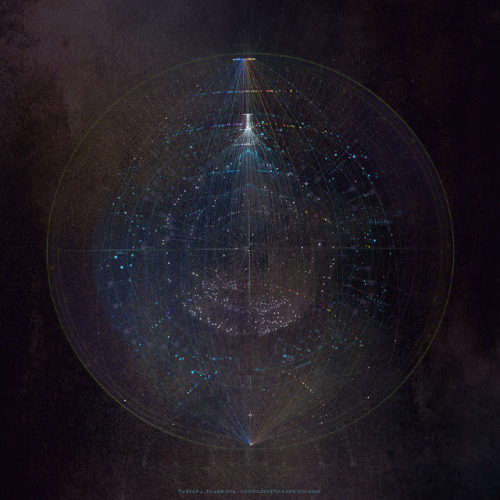
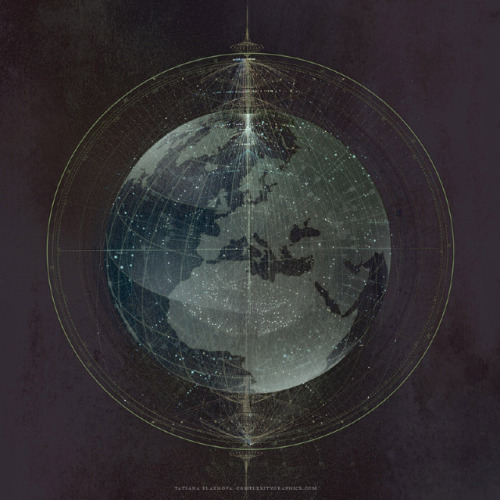
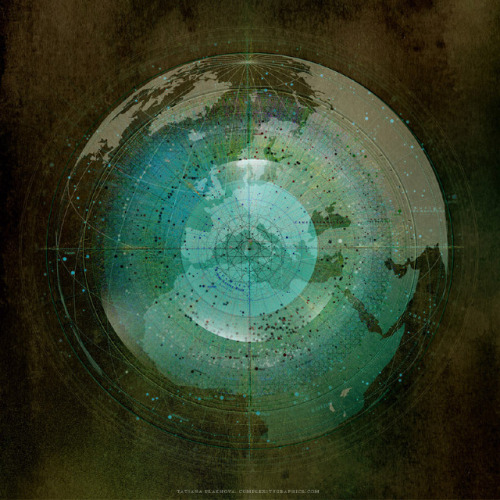
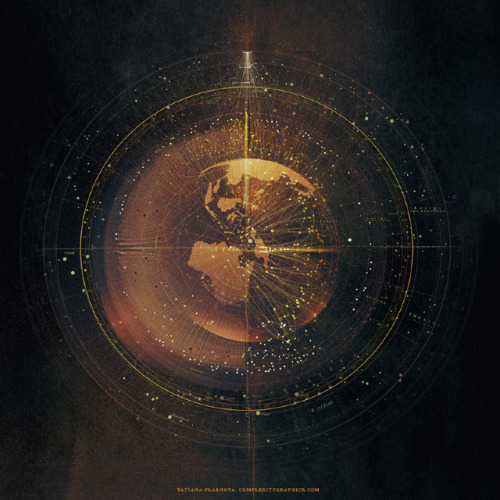
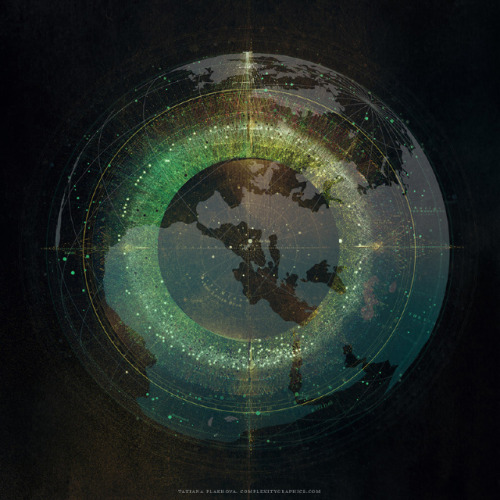
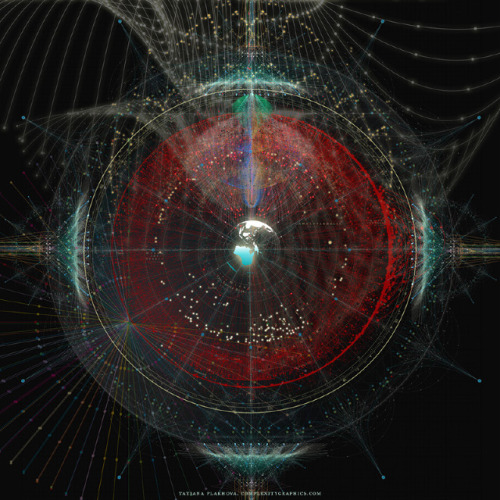
This fills me with a most delicious panic.
Cousins, we have work to do.

Most of the Universe is dark. The protons, neutrons and electrons that make up the stars, planets and us represent only a small fraction of the mass and energy of the Universe. The rest is dark and mysterious. X-rays can help reveal the secrets of this darkness. X-ray astrophysics is crucial to our understanding not only of the Universe we see, but the quest to determine the physics of everything.
Source (Chandra X-ray Center Observatory)
At least once Nita makes it to college she won’t have to keep asking her dad or counselor to cover for her when she has to miss school. If one of my students emailed me saying they were going to miss class because they had to stop the universe from tearing itself apart I’d be like ‘cheers I’ll drink to that bro’
I have this weird theory that some people are drawn to each other because their atoms were near each other when the universe was created and over time the same atoms keep coming back together
What Have We Learned About Pluto?
This month (March 2016), in the journal Science, New Horizons scientists have authored the first comprehensive set of papers describing results from last summer’s Pluto system flyby. These detailed papers completely transform our view of Pluto and reveal the former “astronomer’s planet” to be a real world with diverse and active geology, exotic surface chemistry, a complex atmosphere, puzzling interaction with the sun and an intriguing system of small moons.
Here’s a breakdown of what we’ve learned about Pluto:

1. Pluto has been geologically active throughout the past 4 billion years. The age-dating of Pluto’s surface through crater counts has revealed that Pluto has been geologically active throughout the past 4 billion years. Further, the surface of Pluto’s informally-named Sputnik Planum, a massive ice plain larger than Texas, is devoid of any detectable craters and estimated to be geologically young – no more than 10 million years old.

2. Pluto’s moon Charon has been discovered to have an ancient surface. As an example, the great expanse of smooth plains on Charon is likely a vast cryovolcanic flow or flows that erupted onto Charon’s surface about 4 billion years ago. These flows are likely related to the freezing of an internal ocean that globally ruptured Charon’s crust.

3. Pluto’s surface has many types of terrain. The distribution of compositional units on Pluto’s surface – from nitrogen-rich, to methane-rich, to water-rich – has been found to be surprisingly complex, creating puzzles for understanding Pluto’s climate and geologic history. The variations in surface composition on Pluto are unprecedented elsewhere in the outer solar system.

4. Pluto’s atmosphere is colder than we thought. Pluto’s upper atmospheric temperature has been found to be much colder (by about 70 degrees Fahrenheit) than had been thought from Earth-based studies, with important implications for its atmospheric escape rate. Why the atmosphere is colder is a mystery.

5. We know what Pluto’s atmosphere is made of. The New Horizon spacecraft made observations of sunlight passing through Pluto’s atmosphere. We see absorption features that indicate an atmosphere made up of nitrogen (like Earth’s) with methane, acetylene and ethylene as minor constituents.

6. We might have an idea for how Pluto’s haze formed. For first time, a plausible mechanism for forming Pluto’s atmospheric haze layers has been found. This mechanism involves the concentration of haze particles by atmospheric buoyancy waves, created by winds blowing over Pluto’s mountainous topography. Pluto’s haze extends hundreds of kilometers into space, and embedded within it are over 20 very thin, but far brighter, layers.

7. There isn’t much dust around Pluto. Before the flyby, there was concern that a small piece of debris (even the size of a grain of sand) could cause great damage to (or even destroy) the spacecraft. But the Venetia Burney Student Dust Counter (an instrument on the New Horizons spacecraft) only counted a single dust particle within five days of the flyby. This is similar to the density of dust particles in free space in the outer solar system – about 6 particles per cubic mile – showing that the region around Pluto is, in fact, not filled with debris.

8. Pluto’s atmosphere is smaller than we expected. The uppermost region of Pluto’s atmosphere is slowly escaping to space. The hotter the upper atmosphere, the more rapid the gasses escape. The lower the planet’s mass, the lower the gravity, and the faster the atmospheric loss. As molecules escape, they are ionized by solar ultraviolet light. Once ionized, the charged molecules are carried away by the solar wind. As more Pluto-genic material is picked up by the solar wind, the more the solar wind is slowed down and deflected around Pluto. So - the net result is a region (the interaction region), which is like a blunt cone pointed toward the sun, where the escaping ionized gasses interact with the solar wind. The cone extends to a distance about 6 Pluto radii from Pluto toward the sun, but extend behind Pluto at least 400 Pluto radii behind Pluto - like a wake behind the dwarf planet.

9. Pluto’s moons are brighter than we thought. The high albedos (reflectiveness) of Pluto’s small satellites (moons) – about 50 to 80 percent – are entirely different from the much lower reflectiveness of the small bodies in the general Kuiper Belt population, which range from about 5 to 20 percent. This difference lends further support to the idea that these moons were not captured from the general Kuiper Belt population, but instead formed by the collection of material produced in the aftermath of the giant collision that created the entire Pluto satellite system.
Make sure to follow us on Tumblr for your regular dose of space: http://nasa.tumblr.com
You know, I think the biggest disappointment of my childhood was not failing to receive my Hogwart’s letter (or the American equivalent). I mean yes, there was a stretch the summer I was eleven where I was hopeful, but September first came around and I sort of shrugged and accepted it (possibly with some relief because I didn’t want to go so far away from Mama and Da).
No. The real disappointment was that the Wizard’s Oath from Diane Duane’s Young Wizards never took. I don’t know how many times I read that oath out loud and then held my breath and hoped. Hoped, hoped, hoped that I would wake up the next morning and the book wouldn’t just be Nita and Kit’s adventure, but would be in the Speech. It never was.
Keep reading

PART TWO AT LAST
okay y’all, you can click through the image on a blog, or click here to find my powerpoint on google drive. feel free to look through it, talk to me about it, talk to each other about it, whatever.
i have not edited this in the slightest, so take it all with a grain of salt. do have a look at the “notes” field for most of the slides; that’s where i wrote out (in varying degrees of detail/clarity) my thoughts on the subject at hand, but YMMV with that.
all that said please do credit me if you use this stuff for anything. and if you find any of my sources in the presentation lacking in citations, let me know!
feel free to join in the conversations over on slack (link is for signup, then find the #linguistics channel), or on tumblr! do also keep this post and other posts that involve speculation with respect to the Speech tagged with #not you DD, so that everybody’s butts are covered on that front.
thanks, cousins!

This Is Big: Scientists Just Found Earth’s First-Cousin
Right now, 500 light years away from Earth, there’s a planet that looks a lot like our own. It is bathed in dim orangeish light, which at high noon is only as bright as the golden hour before sunset back home.
NASA scientists are calling the planet Kepler-186f, and it’s unlike anything they’ve found. The big news: Kepler-186f is the closest relative to the Earth that researchers have discovered.
It’s the first Earth-sized planet in the habitable zone of another star—the sweet spot between too-hot Mercury-like planets and too-cold Neptunes— and it is likely to give scientists their first real opportunity to seek life elsewhere in the universe. “It’s no longer in the realm of science fiction,” said Elisa Quintana, a researcher at the SETI Institute.
But if there is indeed life on Kepler-186f, it may not look like what we have here. Given the redder wavelengths of light on the planet, vegetation there would sprout in hues of yellow and orange instead of green.
Read more. [Image: NASA Ames/SETI Institute/JPL-Caltech]
-
 outofambit reblogged this · 1 year ago
outofambit reblogged this · 1 year ago -
 colorfulcuttlefish liked this · 5 years ago
colorfulcuttlefish liked this · 5 years ago -
 outofambit reblogged this · 5 years ago
outofambit reblogged this · 5 years ago -
 ssockie liked this · 6 years ago
ssockie liked this · 6 years ago -
 autisticace liked this · 8 years ago
autisticace liked this · 8 years ago -
 cakemonster95 liked this · 8 years ago
cakemonster95 liked this · 8 years ago -
 independence1776 liked this · 8 years ago
independence1776 liked this · 8 years ago -
 paranonormal liked this · 8 years ago
paranonormal liked this · 8 years ago -
 thewordscomealive liked this · 8 years ago
thewordscomealive liked this · 8 years ago -
 megparsec liked this · 8 years ago
megparsec liked this · 8 years ago -
 kristsune liked this · 8 years ago
kristsune liked this · 8 years ago -
 itsybitsylemonsqueezy reblogged this · 8 years ago
itsybitsylemonsqueezy reblogged this · 8 years ago
A personal temporospatial claudication for Young Wizards fandom-related posts and general space nonsense.
288 posts